Marriage Traditions the British Royal Family Must Follow
Being a member of a royal family is no easy task when it comes to getting married. Several traditions must be upheld and adhered to, or one may lose their place in the line of royal succession.
British royalty is no different. Here are 11 popular and unusual traditions that members of the Crown’s extended family must follow if they wish to get married.
King or Queen Tasked with Invitations
According to royal traditions, the British king or queen is in charge of sending out wedding invitations.
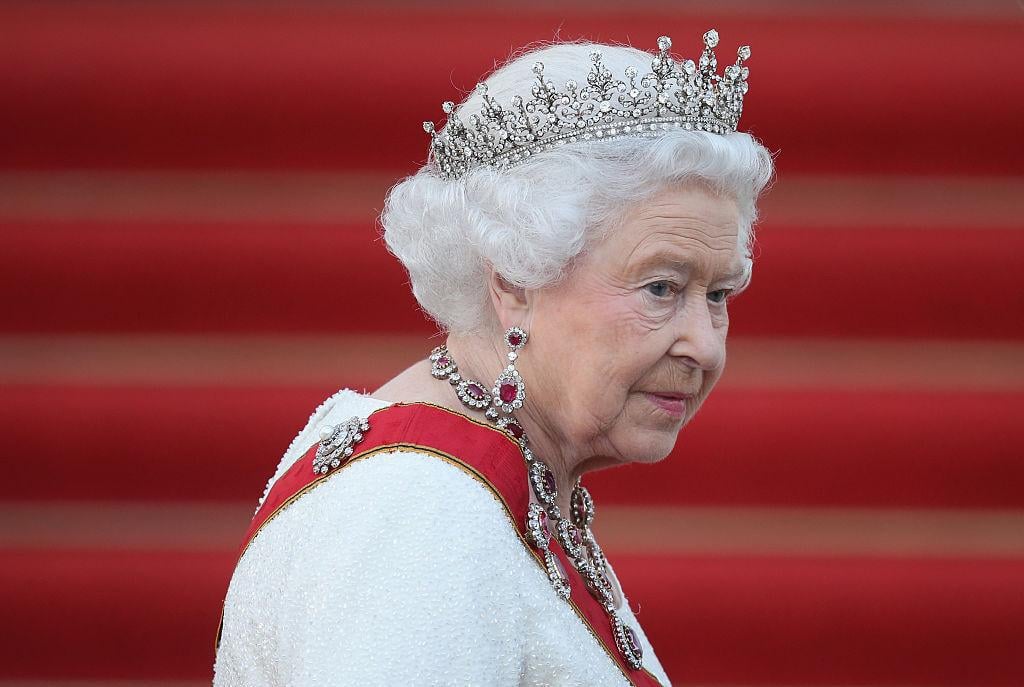
Source: Sean Gallup/Getty Images
While you may have thought a planner would have taken this off the monarch’s hand, it is a tradition that stretches back several centuries. Queen Elizabeth II sent out close to 2,000 invitations for Prince William and Kate Middleton’s big day.
Marriage Must Be Approved by Royalty
Before any kind of royal marriage can take place, it must first be approved by the reigning monarch.
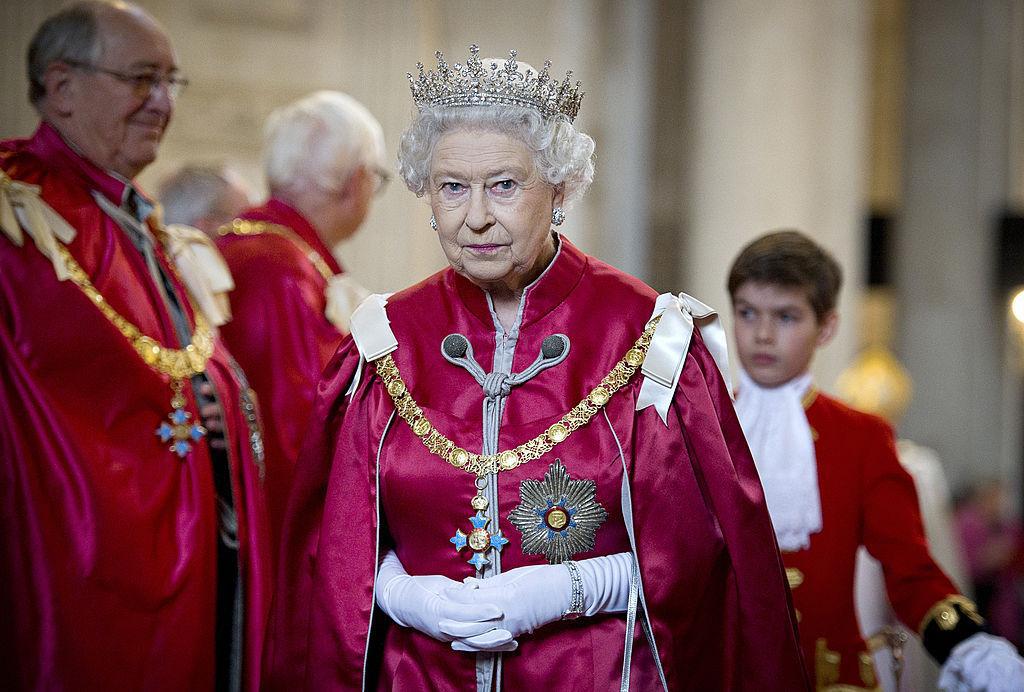
Source: WPA Pool/Getty Images
This rule dates back to the Royal Marriages Act, which was implemented in 1772.
The Chapel Royal at St. James Palace
Traditionally, a royal wedding ceremony typically occurs at St. James Palace.
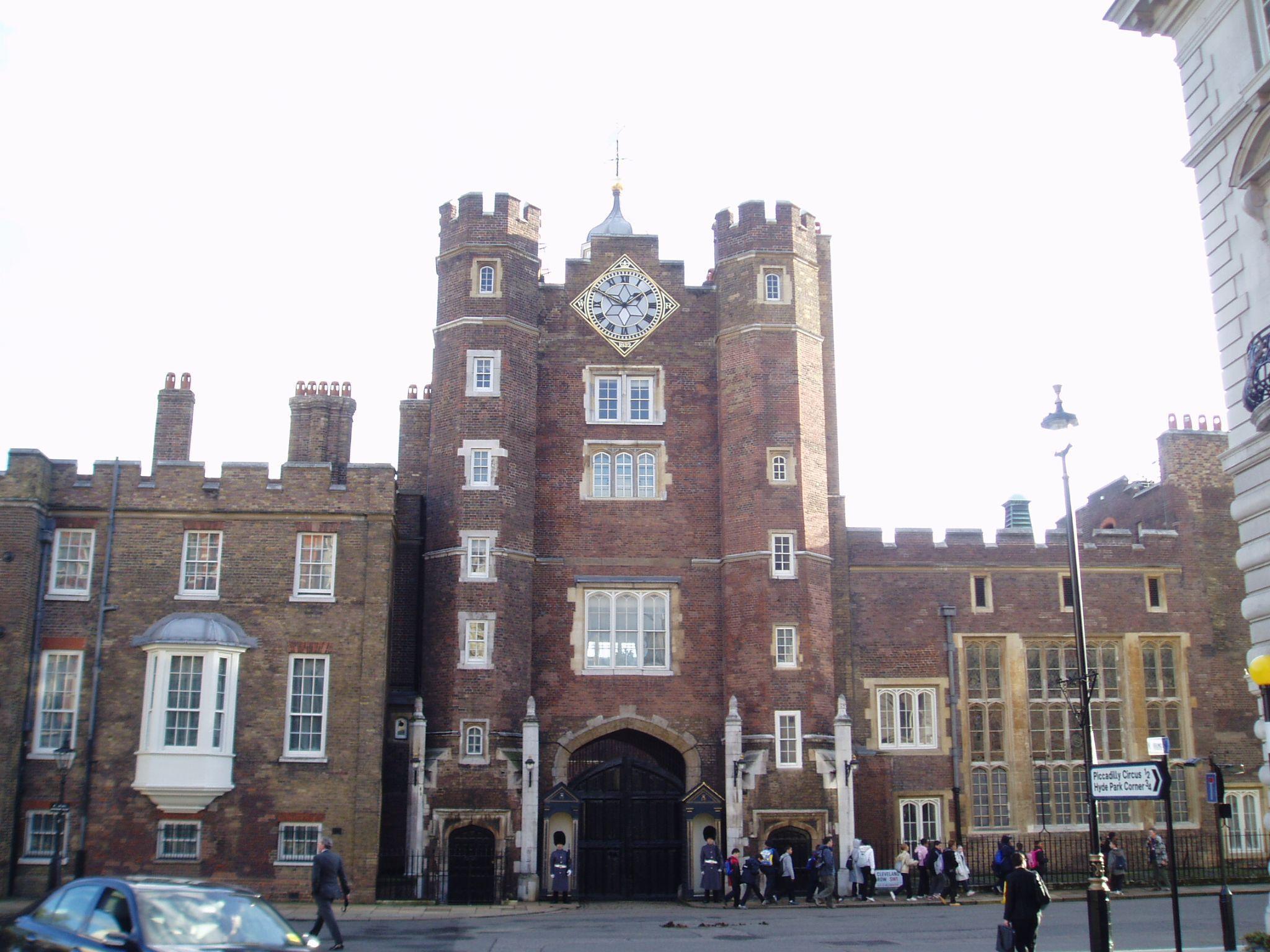
Source: Wikimedia
The site has witnessed the marriages of several notable members of British royalty, including Queen Anne, George III, Queen Victoria, and George V.
History of St. James Chapel
The royal chapel as it is now known was built during the 1500s by King Henry VIII. According to the Royal Family, it was used as a convent before King Henry VIII acquired it through a land exchange.
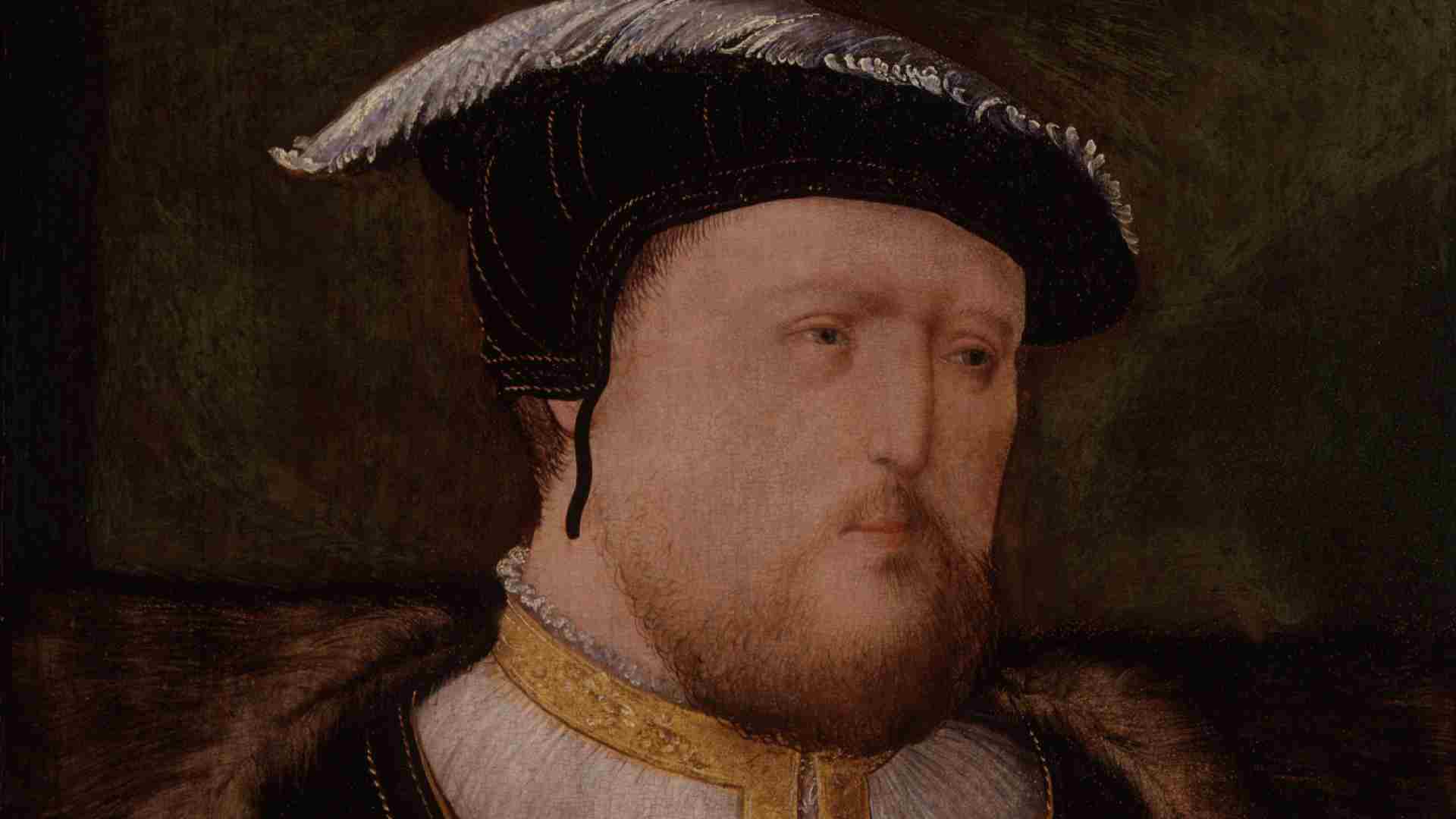
Source: Wikimedia
It was rebuilt as the Manor of St James and the chapel it is famous for was expanded in the 1800s.
Official Wedding Portrait Must be Taken
On the day of a royal wedding, it is tradition for an official portrait to be taken.
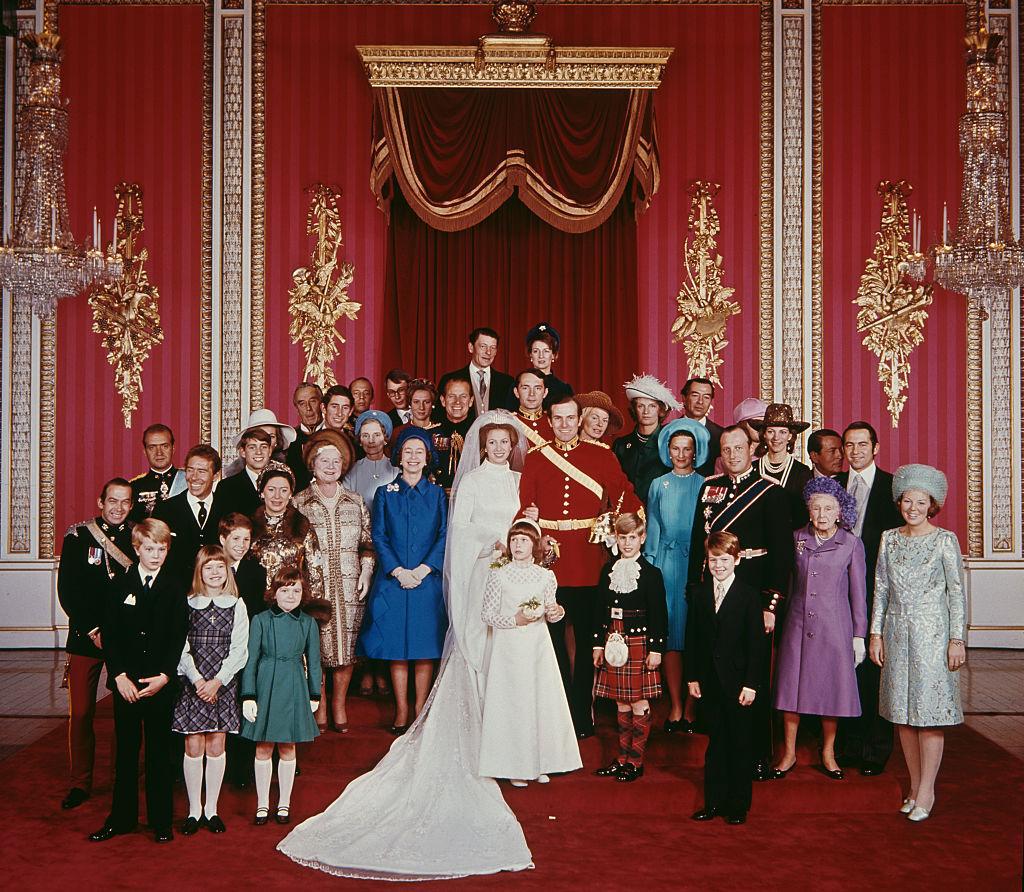
Source: Hulton Archive/Getty Images
Typically, it will consist of the bride and groom and the extended members of the British royal family.
Flowers Left on Grave
A tradition that arose with the former queen, Elizabeth II, has been upheld by all later females of the royal circle who’ve tied the knot.
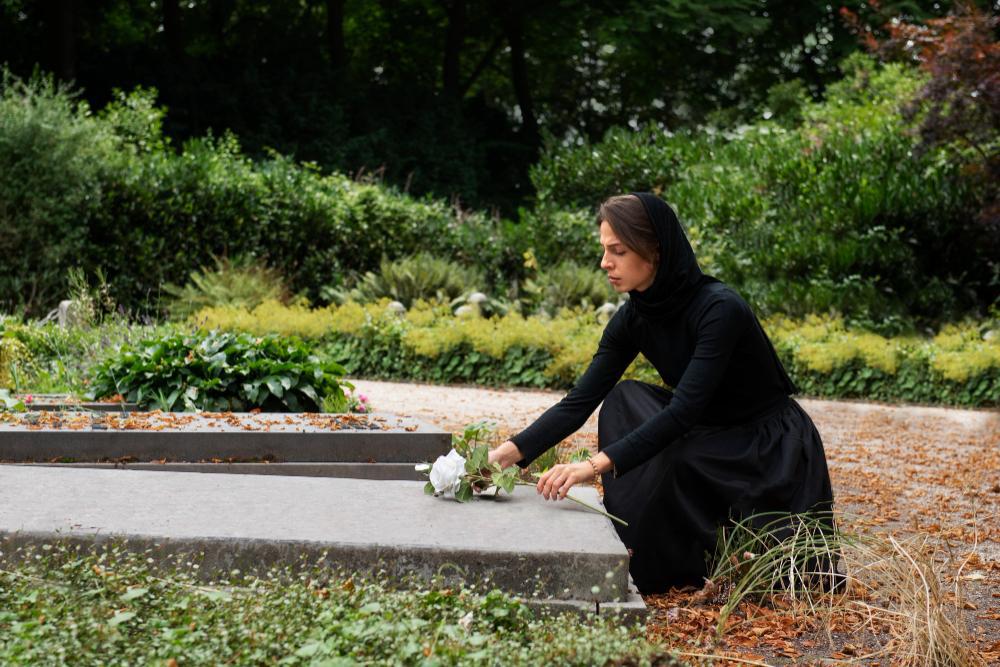
Source: Freepik
The brides leave a bouquet of flowers at the grave of the so-called Unknown Warrior.
Riding by Carriage to the Wedding Venue
Generally, members of the royal family and their chosen partner will travel together to and from the wedding venue in a glass coach.
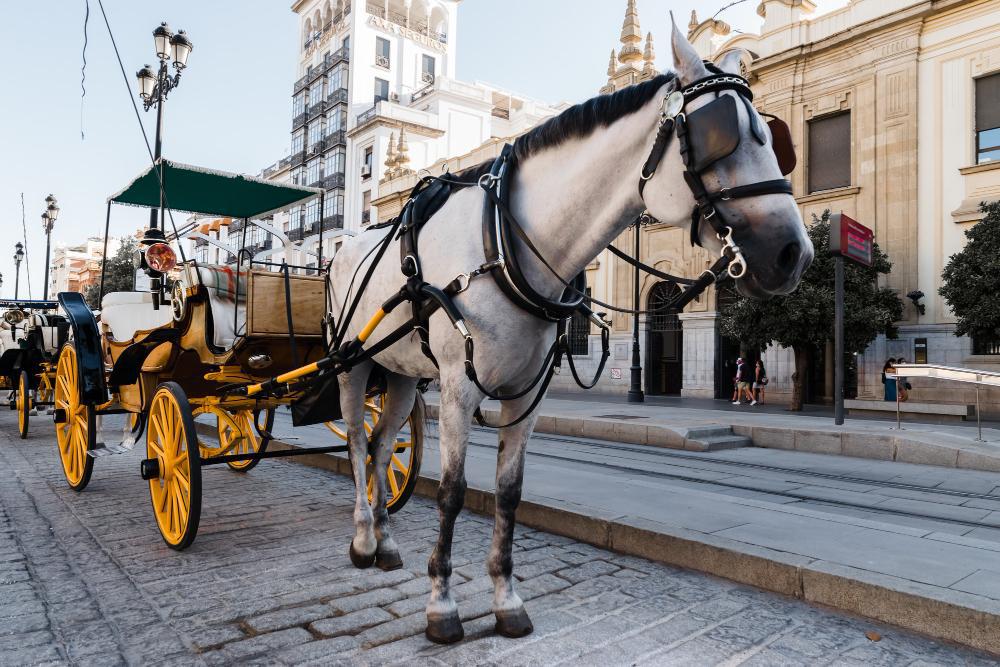
Source: Freepik
This tradition was upheld by Prince Charles when he married Princess Diana. Harry and Meghan also traveled to their wedding venue by way of a carriage.
Gold from the West Mountains
A tradition that began with Queen Elizabeth II’s mother in the 1920s ensures all royal wedding bands are made using gold from Wales.
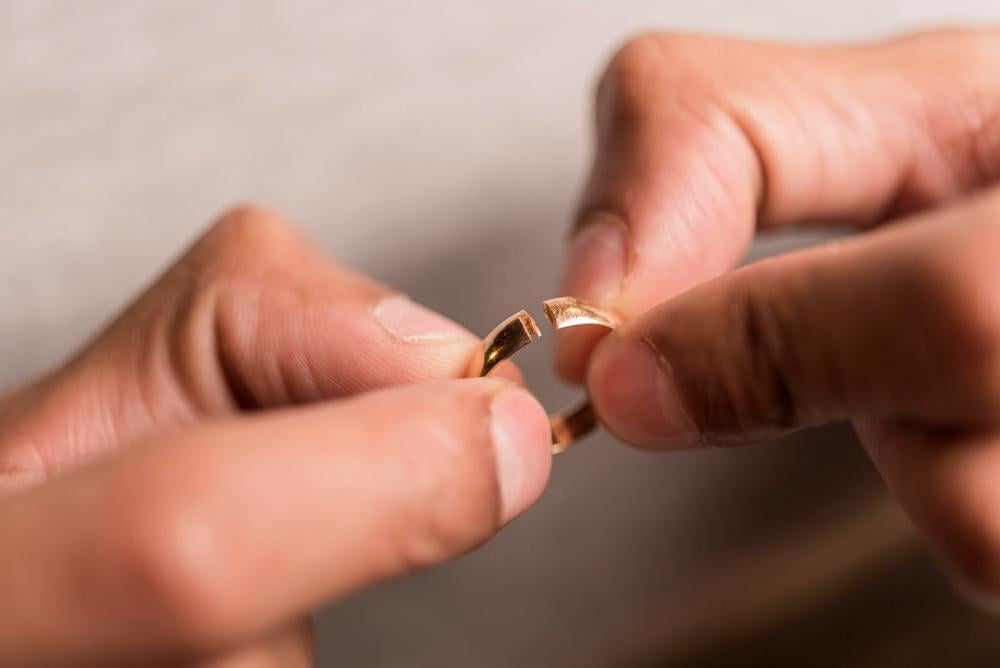
Source: Freepik
According to reports, the unique metal is over three times more expensive when compared to gold sourced in South Africa and Australia.
Women Must Don Hats
All women in attendance at royal weddings must wear a hat.
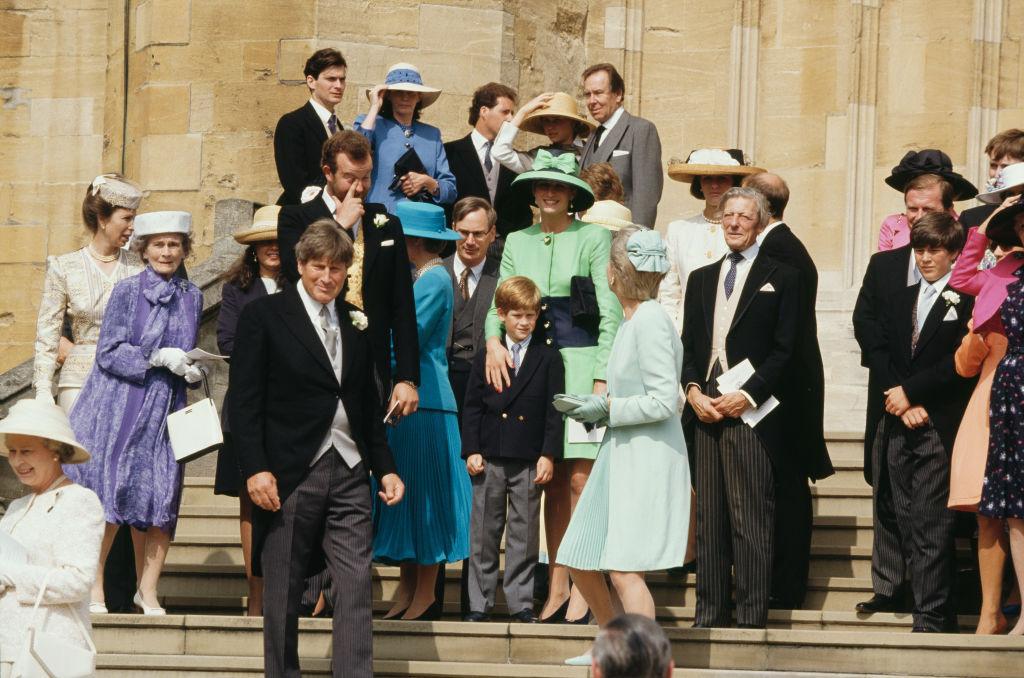
Source: Princess Diana Archive/Getty Images
A popular type of hat used during the ceremony is known as a fascinator. These are unique headpieces that come in all shapes and sizes.
Two Royal Wedding Cakes
A royal wedding reception typically has two cakes at the reception according to their guidelines.
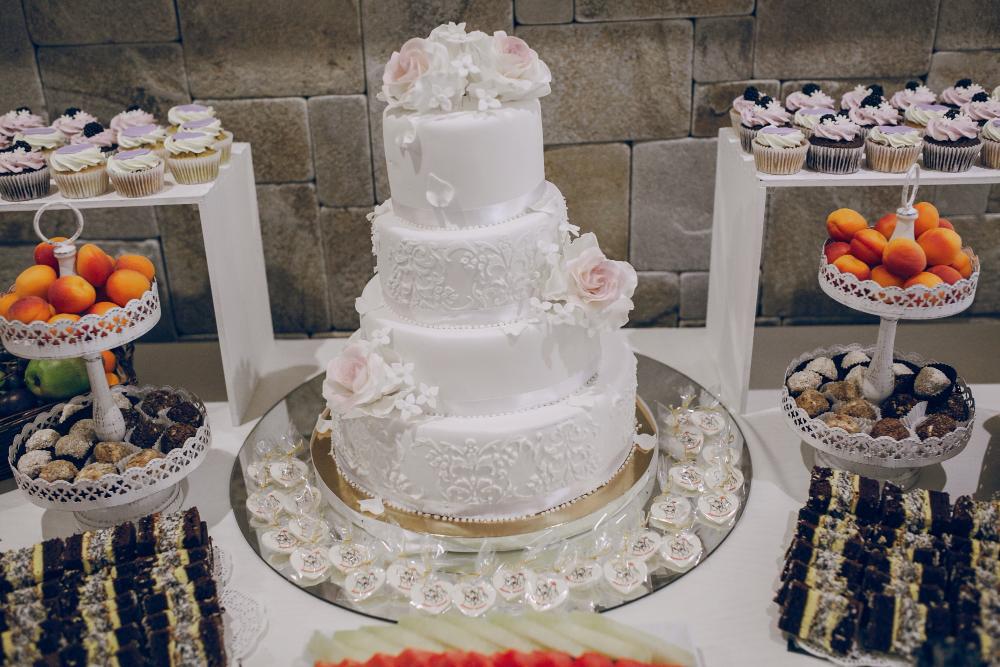
Source: Freepik
The cake is often so large that it can weigh between 250 and 500 pounds and feed over 2,000 people (via The Royal Household).
Royals Prohibited from Marrying Catholics
A shocking restriction prohibits any member of the royal family from marrying a Catholic, according to the 1701 Act of Settlement. If they did, they lost their place in succession to the throne. However, the rule was abolished in 2013.
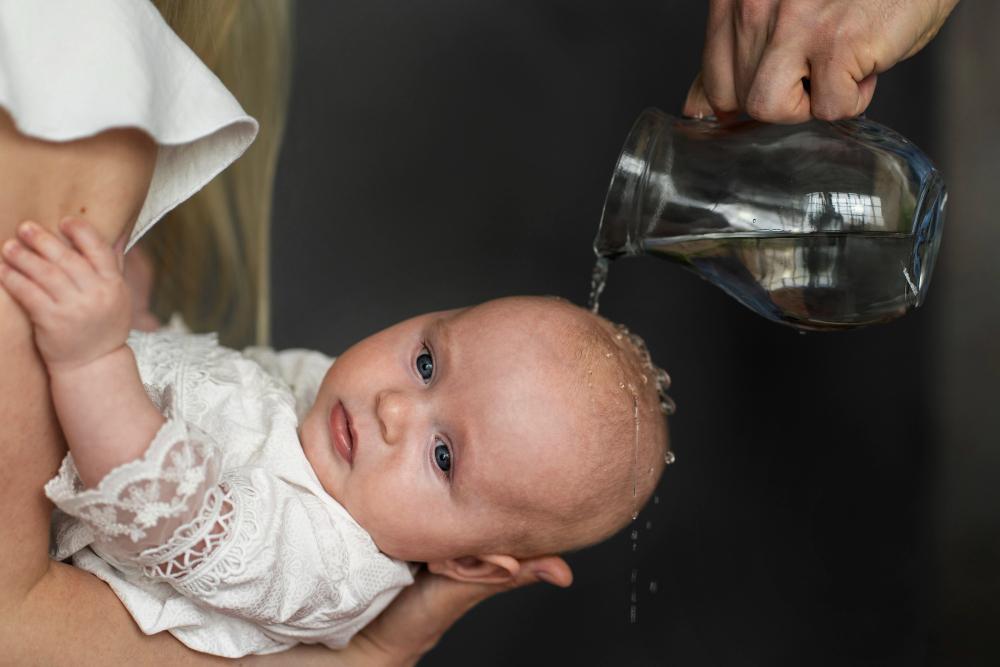
Source: Freepik
As she was born a Catholic, Meghan Markle had no other option than to be baptized by the Church of England before she could marry Prince Harry.
Specific Seating for Royalty
One particular tradition sees specific seating allocated for the extended royal family.
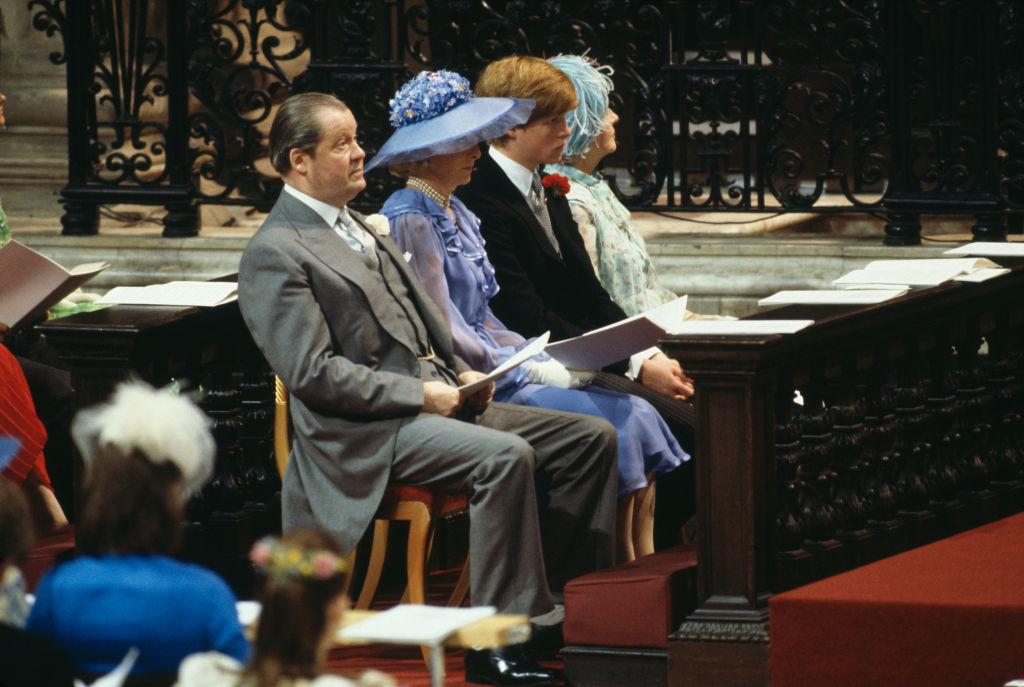
Source: Hulton Archive/Getty Images
During the wedding ceremony, the royals will all be seated on the right side of the chapel.
When Did These Marriage Traditions Start?
Some trace the origins of many current royal wedding traditions back to Queen Victoria.
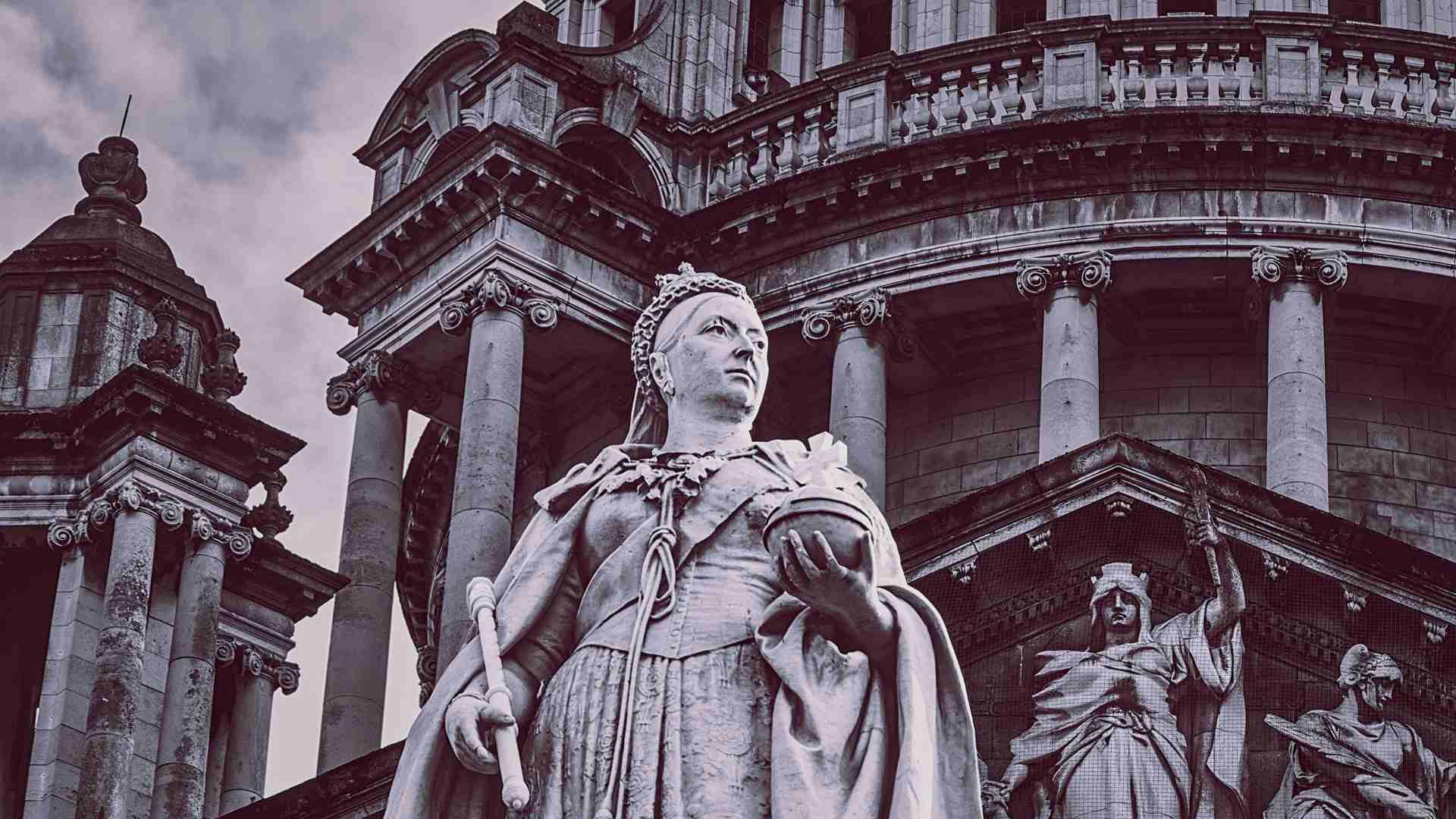
K Mitch/Unsplash
According to the Victoria and Albert Museum, Victoria chose to wear a white satin court train instead of the royal crimson robe typical of monarchs. She is also credited with popularizing multi-tiered cakes and the reading of nuptials.
Queen Victoria Was Influential
Queen Vicotria’s reign lasted from 1837 to 1901, over 63 years. Her reign is only second to Queen Elizabeth II who was the Queen of England for over 70 years.
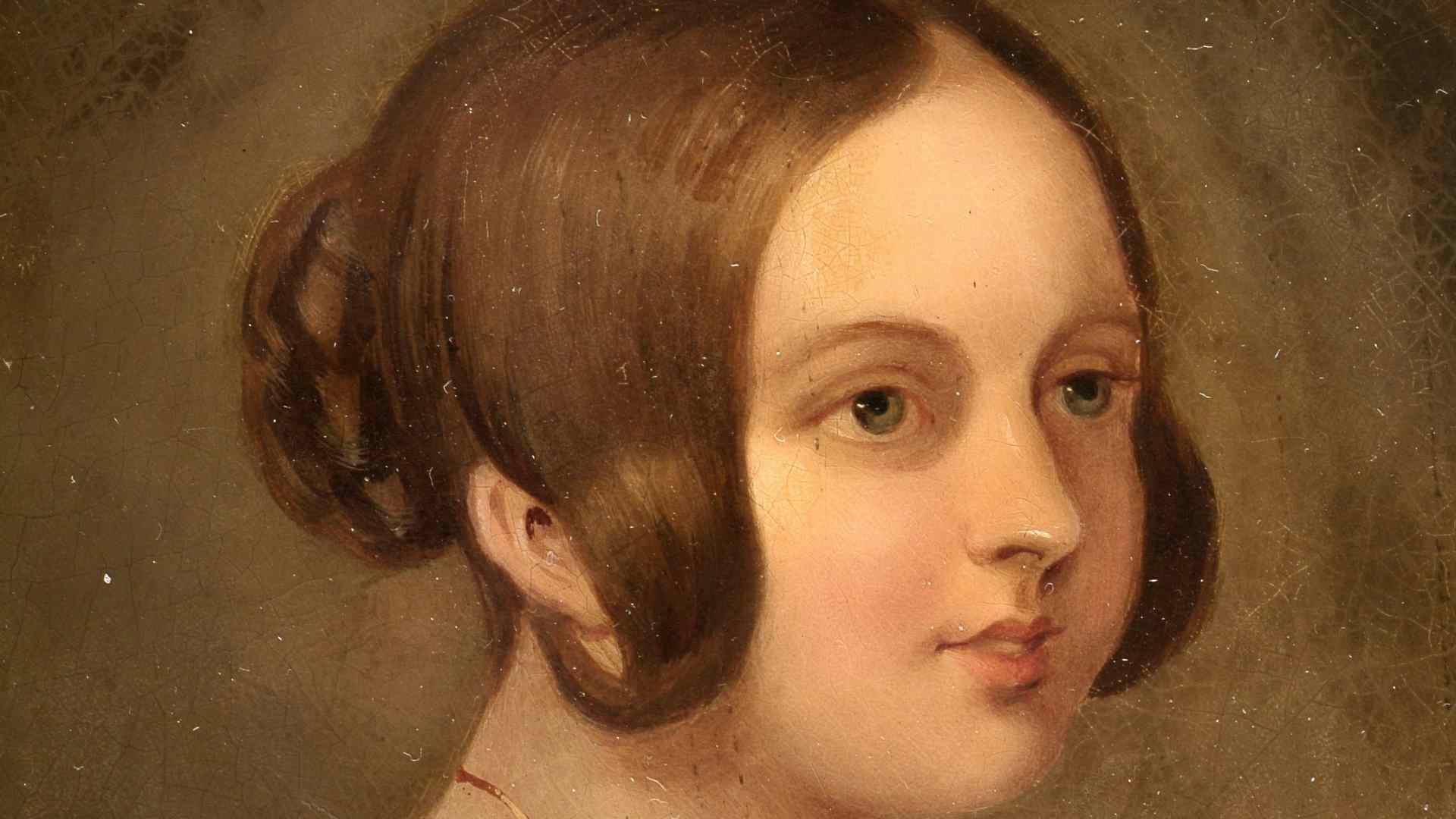
Birmingham Museums/Unsplash
Her own wedding set the standard for royal weddings in the future and began the tradition of royals going to the ceremony by carriage. Her wedding was such a huge event that even famous author Charles Dickens commented on it. (via Daily Mail)
Victoria Had Wanted a Private Ceremony
It may be surprising to learn that Queen Victoria’s wedding being such a huge public spectacle wasn’t the original plan.
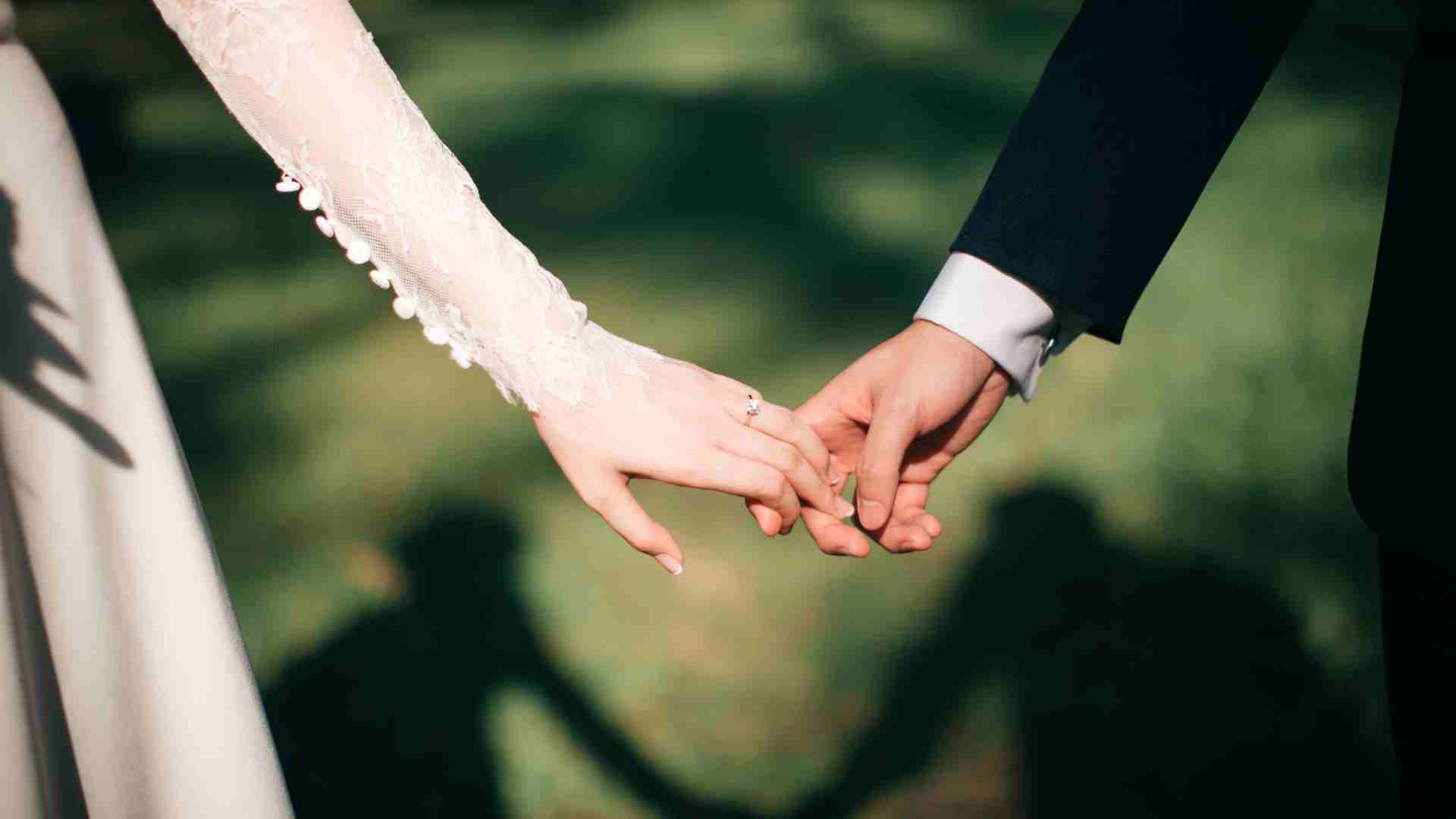
Jeremy Wong/Unsplash
Victoria had wanted to privately marry in a smaller ceremony and not indulge in royal opulence. However, according to the Daily Mail, the Prime Minister of England, Lord Melbourne managed to convince her to make it a large affair.
Who was Lord Melbourne?
According to the UK Government, Lorde Melbourne was elected to the House of Commons in 1706 before eventually becoming the Prime Minister in 1834 after being appointed by King William IV.

John Partridge/Wikimedia
The decision apparently happened because Melbourne was the “least bad choice.” He was greatly trusted by Queen Victoria and they had a close relationship.
St. James Palace Was Chosen for Her Wedding
The Chapel Royal of St James’s Palace as a place for royal weddings also became standard with Victoria’s wedding.
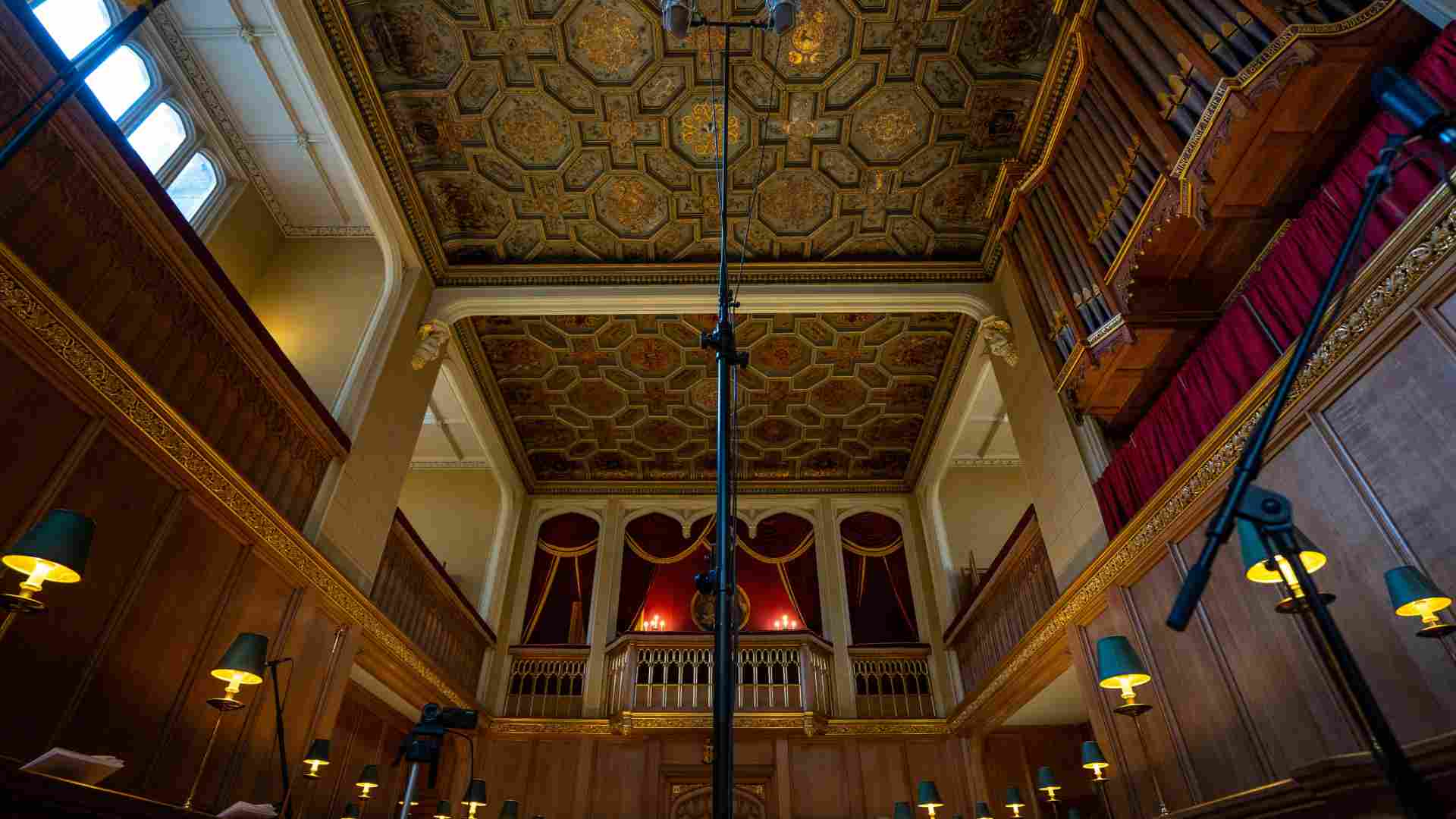
Will Coates/Unsplash
According to the Daily Mail, Lord Melbourne convinced Victoria to ride from Buckingham Palace to the chapel in a carriage so onlookers could see her. Police lined the streets in preparation for the procession to guard against anyone who would approach her.
White Dresses Used to Be Impractical
In Queen Victoria’s day, many women didn’t have a special dress for their wedding day. They would have a series of dresses in their wardrobe, often colorful, which could be reused for different events.
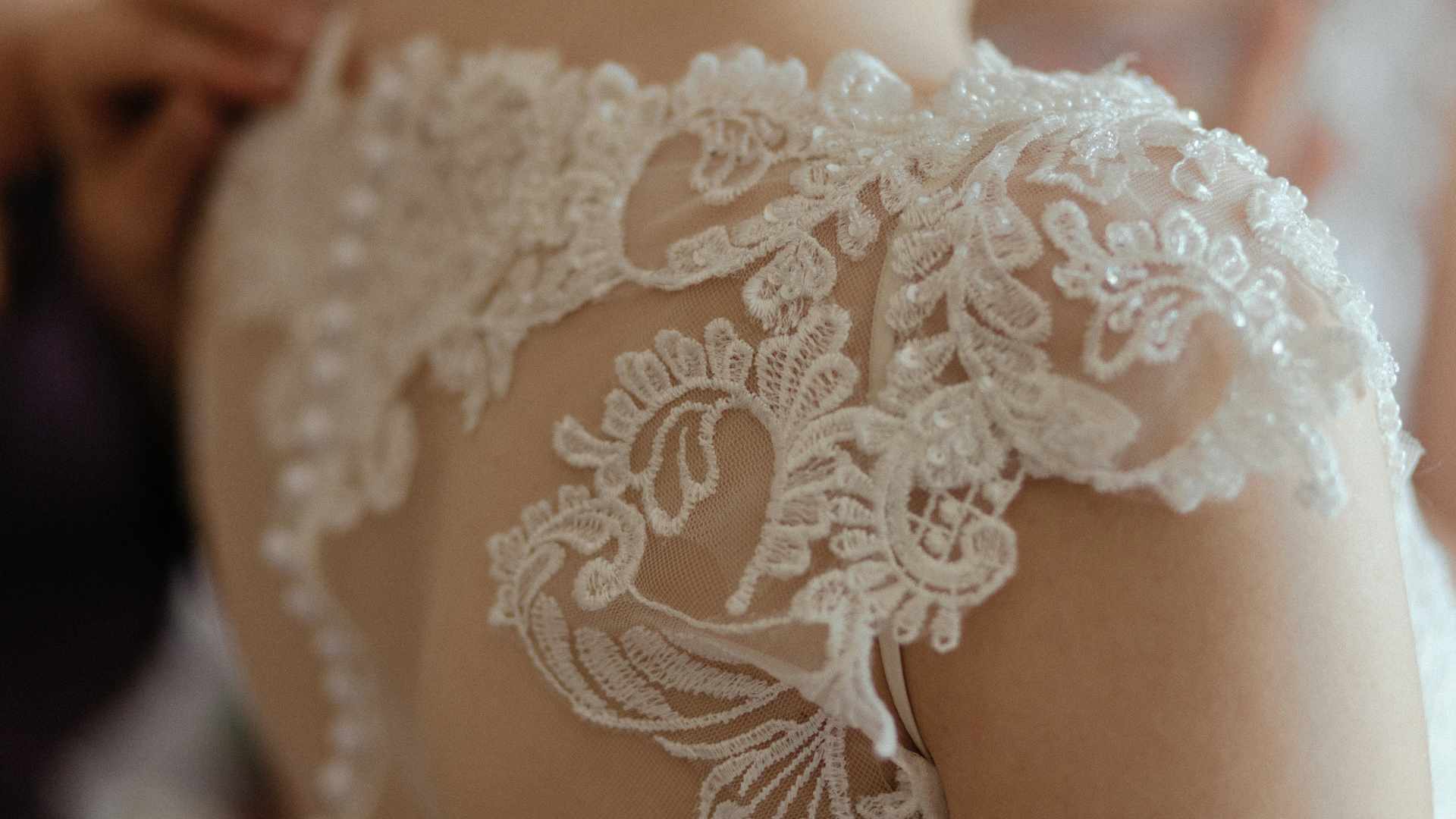
Thomas AE/Unsplash
According to the Daily Mail, white was seen as impractical because it would need to be cleaned more often. Victoria chose a white dress to show off the lace pattern and forbade other attendees from wearing the color, making it iconic.
White Didn't Necessarily Symbolize Purity
Journalist Julia Baird in her book about Queen Victoria wrote “Before bleaching techniques were mastered, white was a rare and expensive color, more a symbol of wealth than purity.
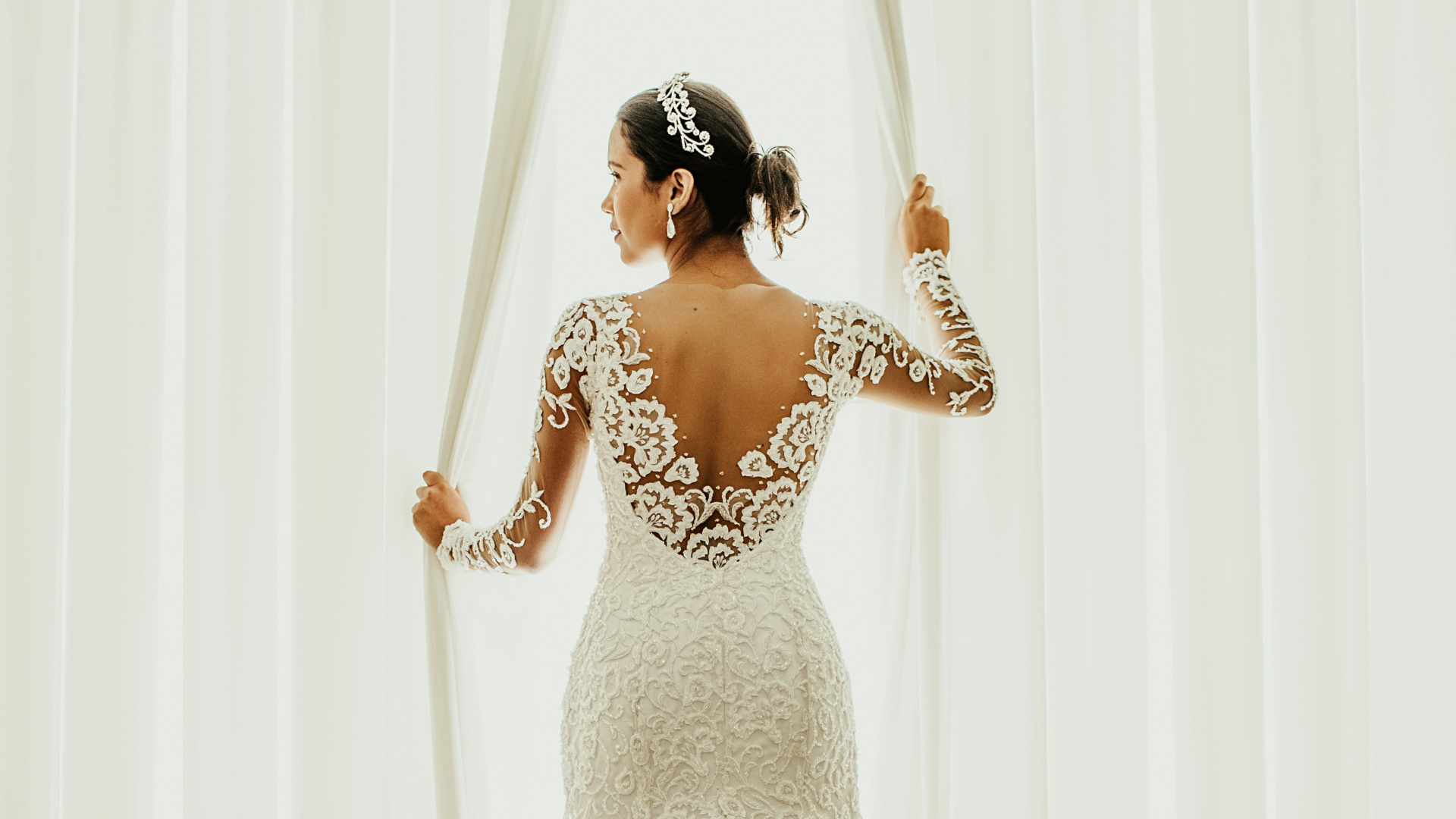
Jonathan Borba/Unsplash
Victoria was not the first to wear it, but she made it popular by example. Lace makers across England were thrilled by the sudden surge in the popularity of their handiwork.” There are several competing theories on what Queen Victoria’s decision to wear white meant, with some believing she chose the color for its relation to innocence.
Victoria Wasn't the First Royal to Wear White
According to Town & Country Magazine, in 1558 The Queen of Scotland named Mary might have been one of the first royals to wear white to her wedding.
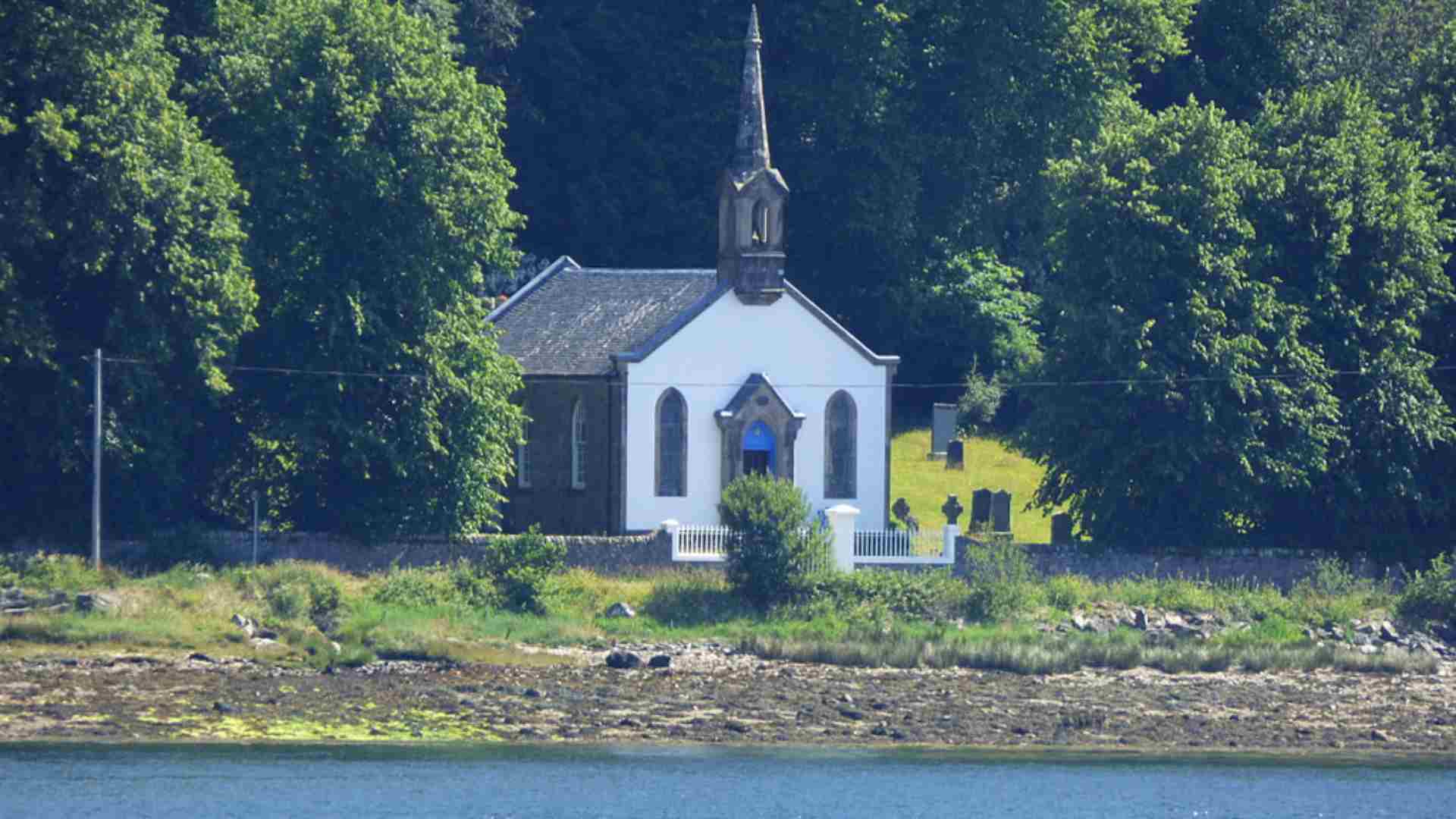
Thomas Nugent/Wikimedia
However, unlike Victoria, this trend did not start catching on everywhere. It’s hard to imagine that Victoria, then 21 years old, realized how her decision to wear white at her wedding would change weddings for hundreds of years afterward.
Victoria's Wedding Cake
Queen Victoria’s wedding cake was a massive spectacle for wedding guests to admire. It was a three-tiered cake that weighed more than 300 pounds according to the Daily Mail.
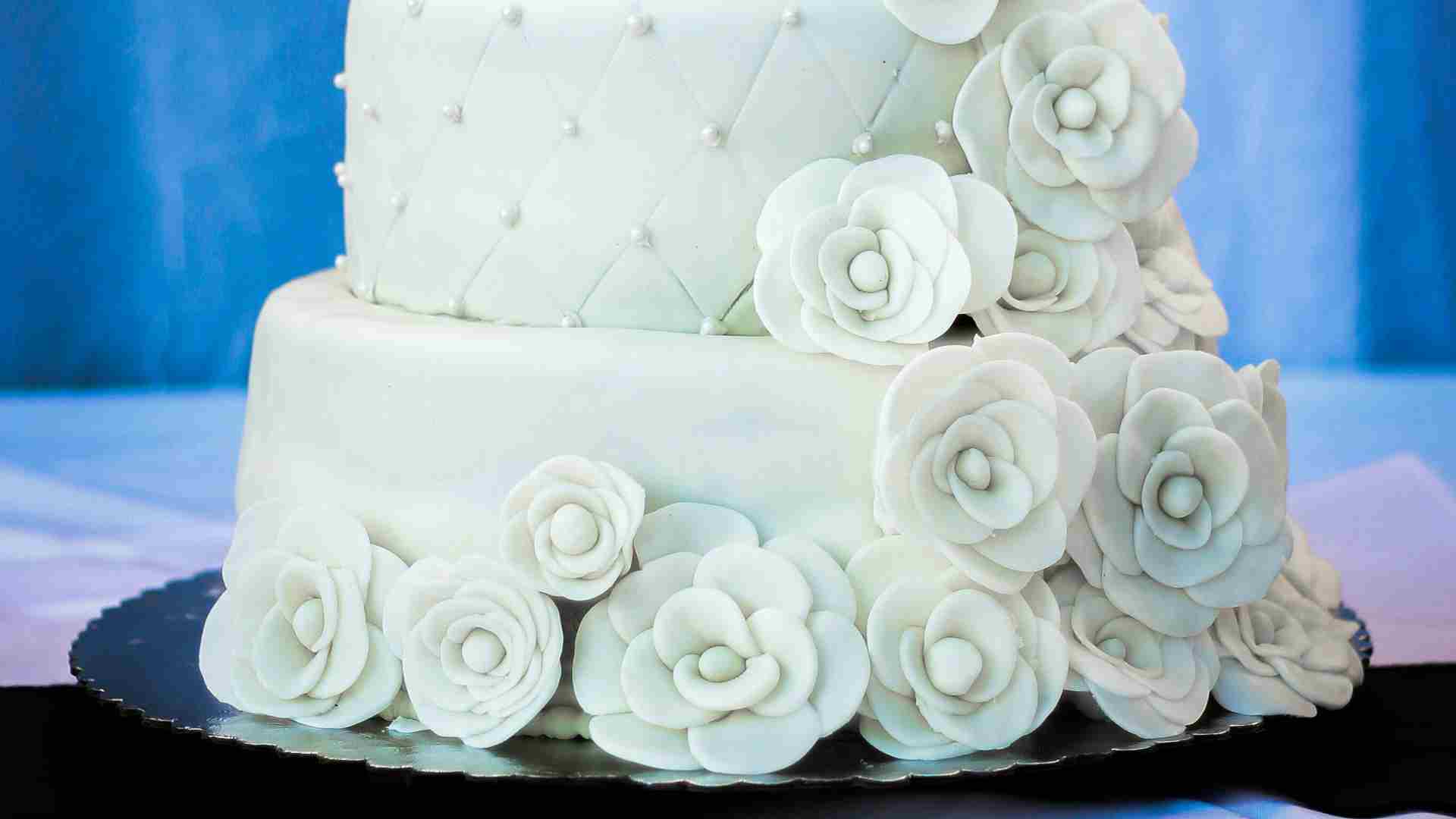
Tony Eight Media/Unsplash
It was 9 feet long and 16 inches tall while serving as a centerpiece. This cake also popularized the trend of couples to add figurines representing the bride and groom.
How Did Victoria Describe Her Wedding?
The wedding day started with heavy rain and bad weather. However, once it was time for the ceremony, Victoria wrote in her journal about how she expected it to leave a distinct impression in everyone’s minds.
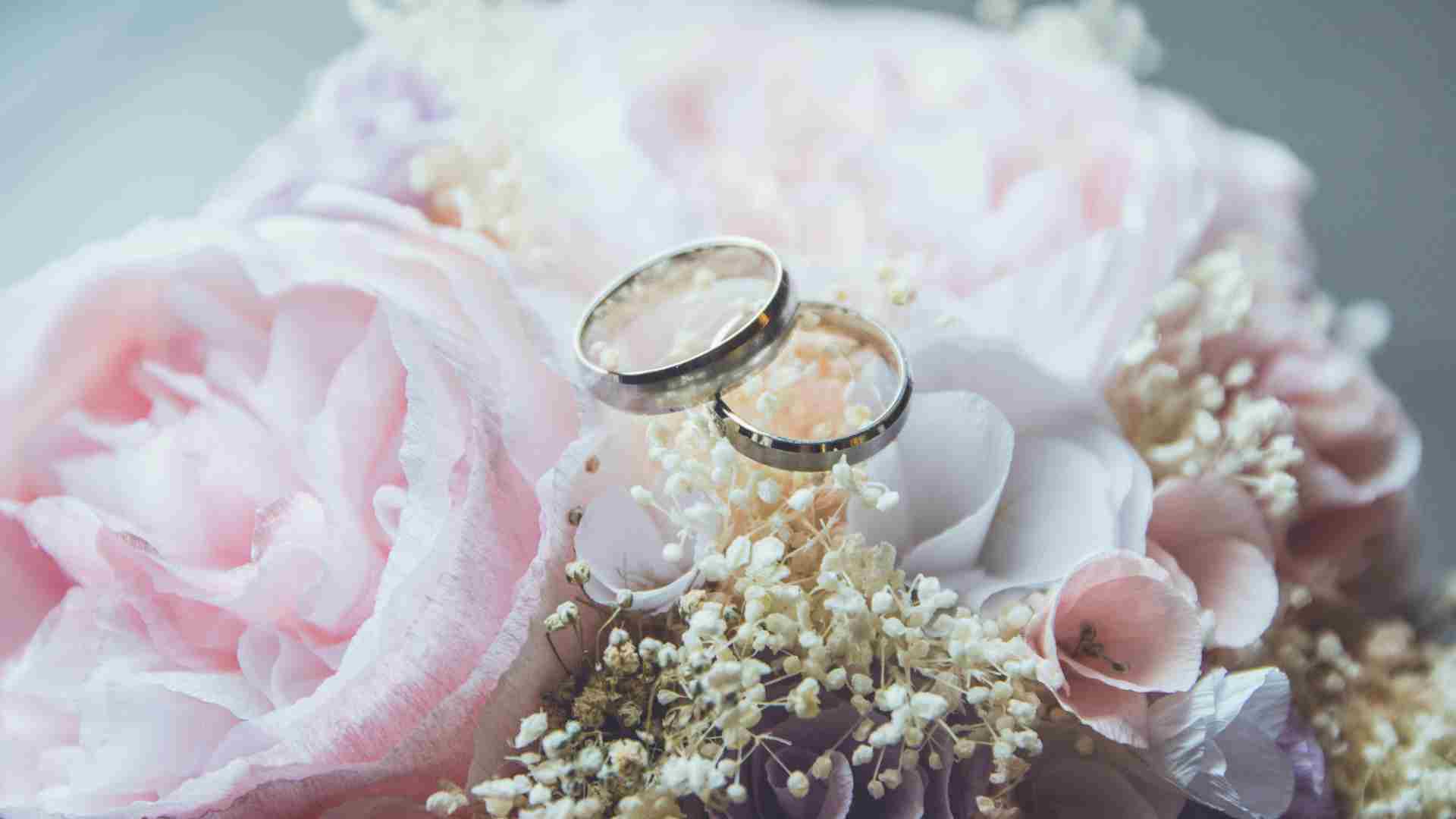
Beatriz Perez Moya/Unsplash
“The Ceremony was very imposing, and fine and simple, and I think ought to make an everlasting impression on everyone who promises at the Altar to keep what he or she promises.”
How Many People Attended the Royal Wedding?
The number of attendees for royal weddings has no set number. The wedding of Prince Charles and Lady Diana had 3,500 guests while Prince William and Kate Middleton’s wedding only had about 1,900 guests. (via BBC)
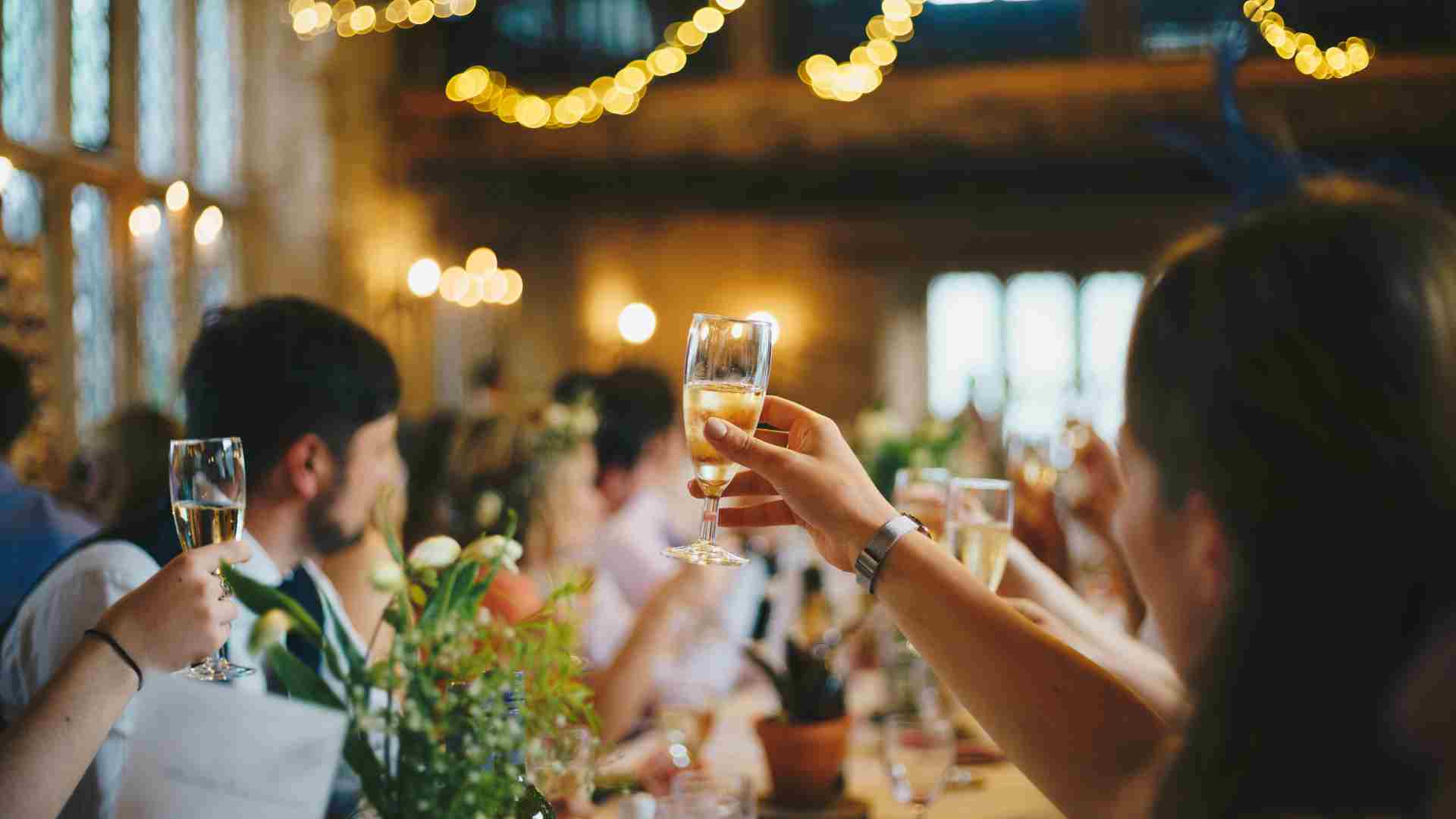
Ai Elmes/Unsplash
Typically, guests at royal weddings will be important politicians and foreign dignitaries. Other guests that round out the roster are relatives of the royal family and friends.
